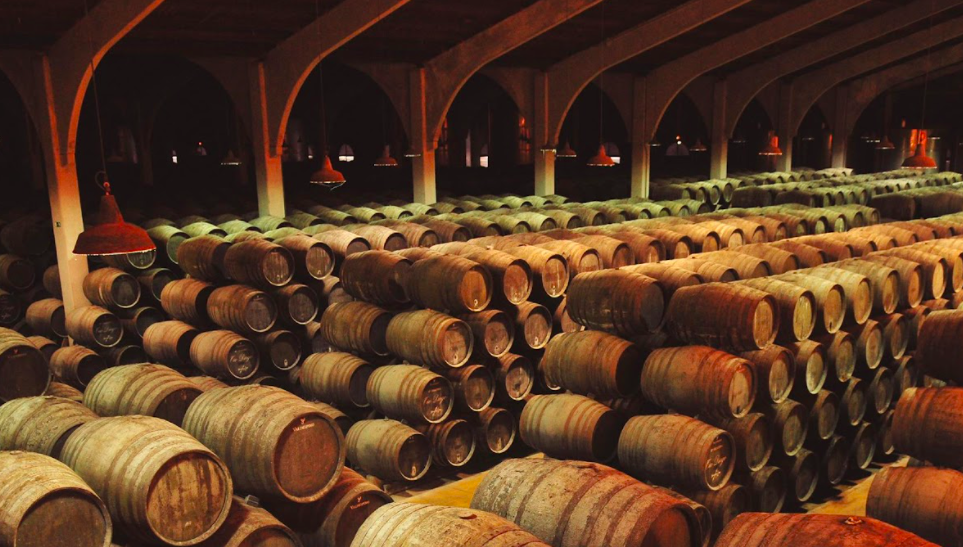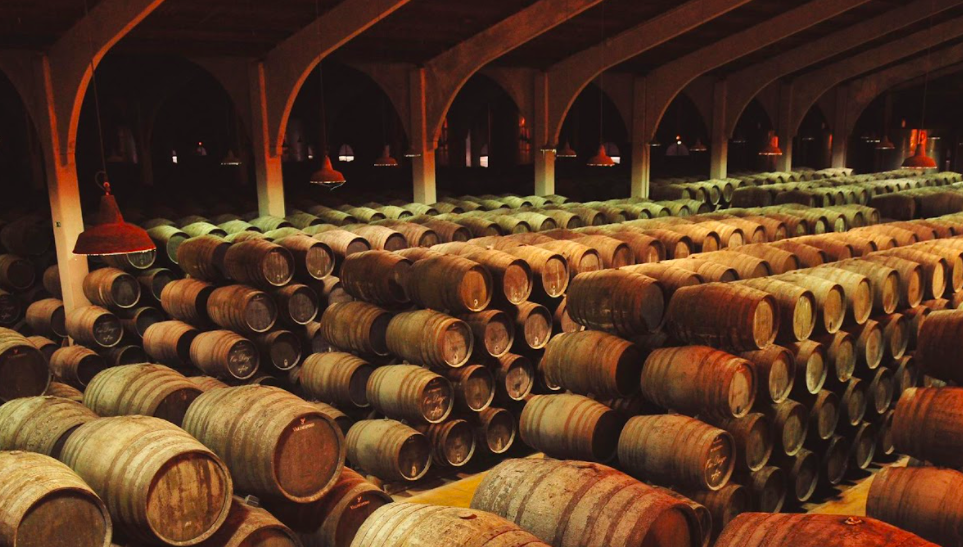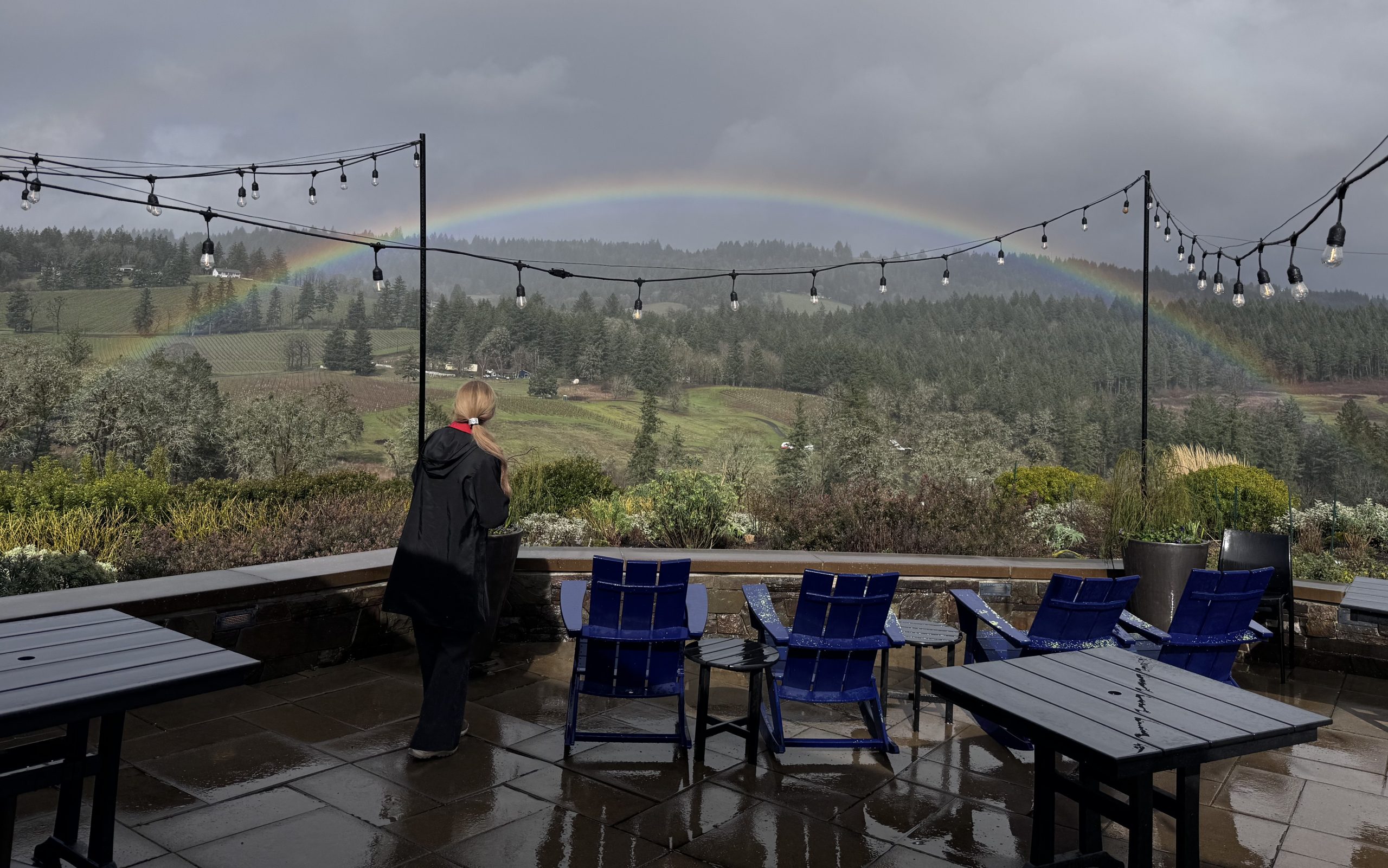
Have you ever been confused about port wine? What exactly is it and how does it differ from “regular” wine? When do you serve it and how long does it last once opened? Let’s start in Portugal, namesake for Port and city of Oporto. Port wine is a separate category of wine called fortified wine and differs due to the addition of a distilled spirit, such as brandy. This was done to improve the shelf life of wine so it can be transported long distances (such as from old world Europe to new world North and South America) via ship and stored for many years to age without spoiling.
Alcohol kills bacteria, yeast and mold so the addition of a high alcohol spirit to a “regular” 10-15% alcohol wine up to 19-22% alcohol reduces/eliminates the need to add other preservatives such as sulfur (see previous blog post on sulfites). Additionally, including spirits changes the flavor significantly and provides the alcohol buzz much faster.
There are 2 types of fortified wines, differing as to whether the fortification takes place before or after the fermentation of the sugar in the grape juice finishes.
- For Port wine, which ends up a sweet wine, the spirit is added during fermentation. Since alcohol kills yeast, it also stops fermentation and the end product retains a high sugar level.
- For dry Sherries, the fermentation is allowed to complete, converting all the sugar from the grape juice to alcohol, before the spirit is added. The result is a dry wine (which is the same for dry white and red table wines but without the added alcohol).
Madeira and Marsala can be made in either style so check the label, or ask your wine merchant to learn what you are buying so you get what you expect.
What about the grapes? Many different grape varieties can be used to make fortified wines, but countries such as Portugal (port wine) and Spain (sherry wine) carefully regulate the grapes allowed in their respective wines.
Port from Portugal allows Touriga Nacional, Touriga Franca, the three Tintos: Cão, Barroca, Roriz and a few others in their port wines.
Sherry hails from Spain and Palomino is the primary grape for dry sherry with Pedro Ximenez and Moscatel as secondary players for sweet sherry.
Madeira (named after the Portuguese island where it is made) uses Sercial, Verdelho, Boal and Malvasia grapes.
Marsala, the famed Italian fortified wine some consider one the world’s best, is made in Sicily from Grillo, Inzolia (white), Catarratto and Nerello Mascalese (red) grapes.
Vin Doux Naturel, from Southern France is an acclaimed fortified wine made from Muscat Blanc à Petits Grains, Muscat of Alexandria or Grenache grapes
It’s likely that few of these grapes are familiar to the casual port or sherry drinker as the production is very involved as are the methods of aging which determine how the bottles are labeled. People have written books about these differences, so I won’t bore you here with this data. It’s available online. What you need to know is that terms such as Ruby, Tawny, Vintage, Reserve, Fino, Oloroso, Superiore are all clues to quality, aging time and sweetness levels. It is safe to say that the higher the price tag, the higher the quality and longer the aging time, either in cask or in bottle. Since these wines are high enough in alcohol to prevent spoilage, they can be kept for long periods of time once opened. The exception is a dry style Sherry which should be treated like a still wine and consumed within a few days of opening (refrigeration slows deterioration as does use of a vacuum-style cork).
Fun Fact: Sherry wines are stored in a complex set of casks called the Solera System. Fresh wine is added to a cask at the top of the pyramid. The casks at the bottom, called Solera or floor level casks, are partially emptied (maximum 40%) to be bottled and sold. Once there is room in the floor level casks, the first Criadera (Spanish for nursery) level casks (2nd row from the floor) are partially emptied to fill the Solera casks. Then the second Criadera casks are partially emptied to fill the first Criadera casks and so on, until you reach the top level, which could be 4, 5, 6 or more levels high.
The result is that in every bottle, some wine from the very first vintage and every one after that is present since the solera cask is never completely emptied! The youngest sherries are 2 years old where the oldest can be over 100 year old.
What about new world fortified wines?
A selection of New World (North & South America, Australia/New Zealand, South Africa and Asia) wineries are making fortified wines. As you can imagine, this requires quite an investment, since a winemaker needs to make both a still wine and a distilled spirit, and age both in casks for a long time before the financial payoff.
Australia has made a name for their Rutherglen Muscat based fortified wine.
Canada also has a variety of producers making port and sherry style wines.
I recently tasted delicious port-style wines from Stone Griffon in Oregon (Tropasti from Tempranillo grapes) and Grinder’s Switch in Tennessee (Sintra from Touriga Nacional grapes)!
Note that Port and Sherry are protected names, and can only be used in wines from their respective countries that follow local protocols. The descriptors such as tawny, amontillado, pale, and fine, however, can be used to indicate the style in the bottle.
What about Late Harvest and Icewines?
These are sweet wines, without fortification, from grapes (or other fruit) left on the vine to shrink and concentrate and/or freeze before crushing to add flavor and concentrate the sugar. Unfortified (i.e. no addition of distilled spirits), these wines fall outside this category but are often enjoyed at the same time as Port and Sherry such as with a dessert.
The Takeaway
Fortified wines are a unique category from standard wines and have a long history dating back to colonization times when preservation was difficult and long transport times across oceans were necessary. As with all wines, I recommend trying them and seeing if any are to your taste and incorporating them into your wine cellar! I must admit that during my wine certification studies, my least favorite (most acquired taste?) was a dry Sherry typically served with Spanish tapas with a distinct and common aroma of petrol. Too many car shows around older cars revving their engines has made me sensitive to the smell of gasoline. But as always, everyone’s tastes are different so keep an open mind and decide for yourself!
Next Week: What’s the big deal about Pinot Noir in the Willamette Valley?
Sources:
https://societyofwineeducators.org/education-certifications/certified-specialist-of-wine/ (workbook available on Amazon)
https://www.winemag.com/2020/02/21/guide-to-fortified-wine/
https://www.lcbo.com/webapp/wcs/stores/servlet/en/lcbo/new-world-fortified









